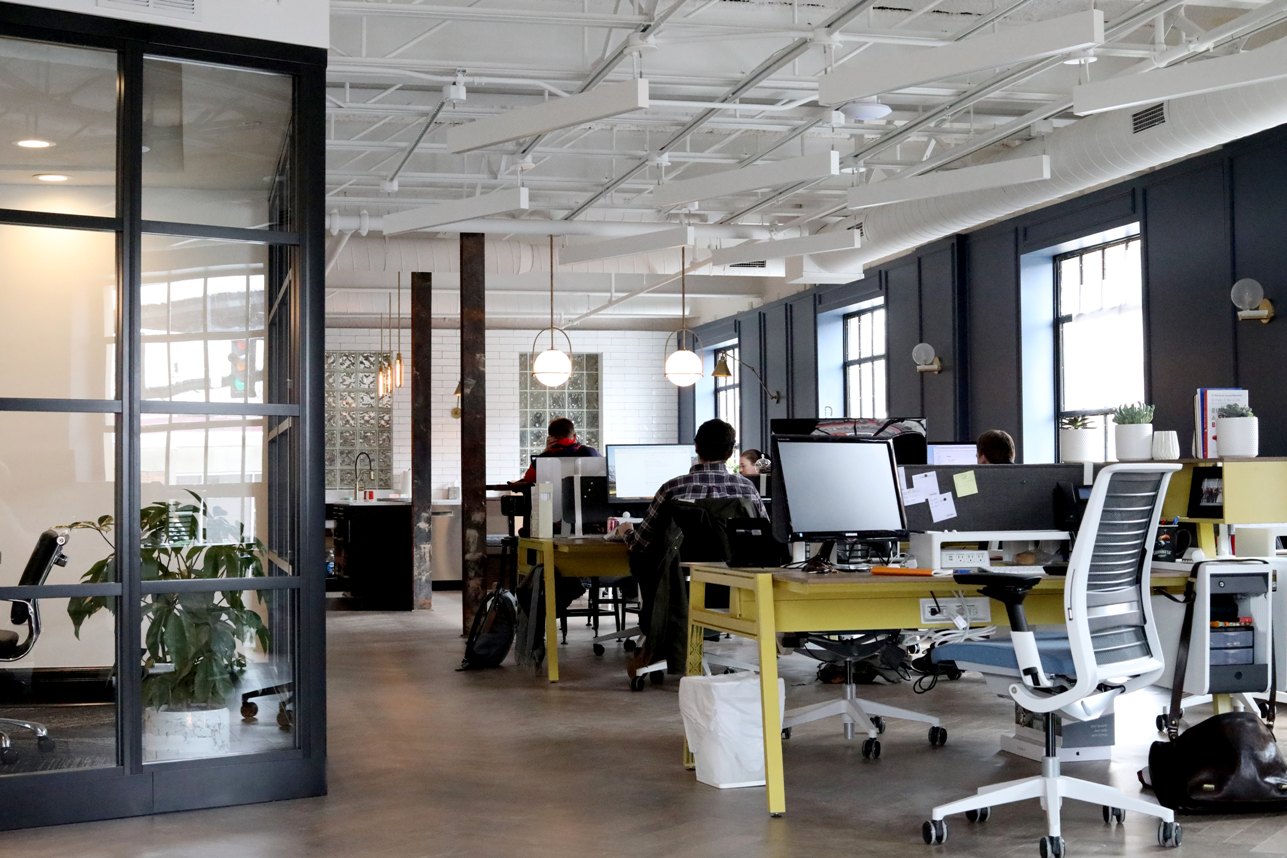On average, 24% of employees research new job opportunities annually, with 46.6 million Americans quitting their jobs in 2022 alone. Employee turnover is one of the largest expenses organizations face. Estimates show replacing an employee costs an average of six to nine months of their annual salary — which can total in the hundreds of thousands of dollars, depending on the role.
Reducing that churn saves your organization significantly on advertising costs, assessing talent pools, interviewing, recruiting, and training new hires. It also lowers indirect costs related to disruptions in internal work, your supply chain, and employee relationships fostered both inside and outside of the company.
If you understand why people leave, predict when attrition will occur, and enact preventive measures to reduce churn, you’ll cut down on hiring and acquisition costs, as well as provide other benefits to your organization. With predictive analytics, you can help HR do just that.
Understand why people leave
People leave roles for reasons that often overlap across organizations and industries. While the chance of attrition alters per risk factor depending on salary, industry, and time at the role, there are many well-known factors that push employees to look for new jobs.
For example, an ADP Research whitepaper shows turnover across all employment sits at 5% each month, ranging from about 3% to over 24% depending on the job sector and company.
Salary, opportunities for growth or promotion, commute time, experience as part of total experience/tenure, total turnover rate, and overtime work were all listed as major factors in whether an employee stayed or left.
ADP identified over 40 drivers of voluntary turnover and mapped those to a risk model for attrition, which they then applied to two different companies. As a result, ADP found different driving factors in each organization, although aspects like dissatisfaction with management, pay, and commute were almost always near the top.
How predictive analytics digs into turnover
Most HR professionals have access to data streams that can help build predictive modeling for employee turnover. To create those models, you must first ensure your data is as accurate and clean as possible. You can start with existing models made by third-party companies, then tweak and adjust them to focus on what matters in your organization:
Collect honest employee data
Regularly survey employees about their satisfaction with their job, pay, commute, amount of overtime required, and opportunities for growth. Then, pair that with data from 360-degree feedback for an honest impression of your workforce.
Although they consume time and assets, those information sources validate your data and assumptions. They’re especially important for gauging aspects like how people feel about management and commute time, which are difficult to quantify. Unless those factors impact performance, organizations rarely take note of them.
Group people strategically
Categorizing individuals based on behavior, preferences, and motivations can improve the accuracy of your models. For example, one group may value higher pay and reduced commute time while another might be highly satisfied with their current salary package because it includes daycare for their children.
Group people according to their priorities to filter out those who rated specific elements as low priorities so you don’t throw off the models.
Perform real-world testing
It’s important to track and maintain data feeds over time to validate them. In the ADP study referenced above, the company followed employees considered to be at high risk of leaving their positions and found close to 50% of them did leave. In comparison, less than 10% of people listed as low risk left their organizations. Feeding that data into your models increases their precision and gives you a better understanding of your risk levels.
If you know why people leave, you can predict when they’re likely to or are at risk of doing so based on what causes those factors to arise. However, variations occur regularly, even inside of specific teams, so grouping by behavior rather than by organization or team is important for the accuracy of the model.
Introduce remediation and preventive measures
The best prevention for employee turnover is to reduce the factors that contribute to voluntary churn. With so many factors affecting retention, you may not be able to cater to all of them. However you can use data to pinpoint the top three greatest risk factors affecting your employees and focus on those.
For example, if a large portion of your personnel spends a long time commuting, offering flex work and more work-from-home options could solve the problem. If pay stagnation is an issue, consider reassessing compensation models. Or, if teams experience friction with leaders and managers, you should delve into why and tackle the root cause.
A higher churn rate frequently points to issues with company policy and culture, but if you observe high turnover among specific teams or departments, it’s often connected to management and workload. Predictive analytics (combined with individual assessments) can forecast flight risk based on specific factors and help you retain people by resolving the issues causing friction.
Conclusion
Predictive analytics is only as effective as the data you give it. Most organizations that implement this approach start out with industry-standardized models, then alter them to suit their needs. However, it’s crucial that you keep data up to date, clean of incomplete or incorrect data, and validate it through feedback, direct contact with employees, and monitoring.
These methods uncover why and how likely employees are to leave your company using their own words, rather than numbers alone. Maintaining that human element is important to lower your turnover rate, so, in addition to targeting specific factors that push people to leave, review your company culture regularly to ensure it fosters a healthy work environment. If you create a space that encourages productivity without sacrificing employee well-being, your personnel will see little reason to hunt for a new job.




